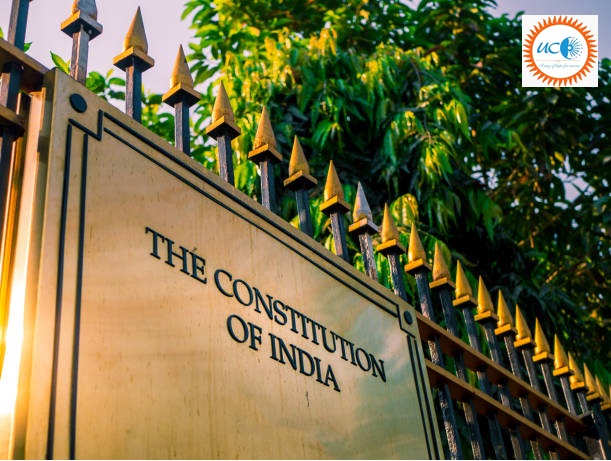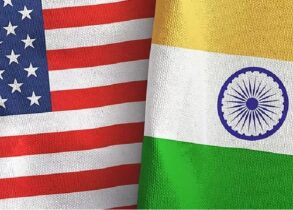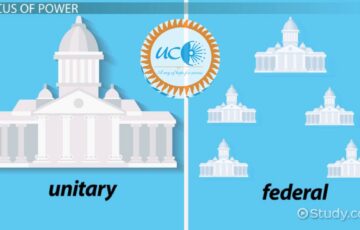Belief that the Indian constitution is a borrowed constitution is nothing but a myth. Discuss.
Approach:
- Introduce the answer by highlighting why Indian constitution is called a borrowed document.
- In the body of the answer discuss in detail the reasons for the same.
- In the second part of the body highlight why such a perception is a myth.
- Conclude the answer by giving a quote or stating a fact in support of your argument.
India is a constitutional democracy wherein our Constitution is the supreme law of the land. A few critics hold the opinion that the Indian constitution is a borrowed document because many important features of the constitution were inspired from other sources, such as:
- Structural part of the constitution- Many structural features of our constitution such as such as federal scheme, judiciary, office of Governor etc., are a word-by-word copy of the GOI Act 1935.
- Political part of the Constitution such as the Parliamentary form of Government, cabinet system, rule of law etc., have been taken from the Westminster system of Britain.
- Philosophical part of the Constitution such as the Fundamental Rights and the Directive Principles of State Policies (DPSPs) were derived from the American and Irish constitution respectively.
- French Constitution- The ideals of liberty, equality and fraternity are inspired from the French constitution.
- South African Constitution-The details of Constitutional Amendment have been borrowed from the South African Constitution.
Thus, critics called it a ‘bag of borrowings’ or a ‘hotch-potch Constitution’. But such allegations are only a myth as-
- Certain basic features are common in all the democratic constitutions in the world. Also, as the Indian constitution was framed in the late 1940s (By then most constitutional principles were already adopted by various countries and these were reinvented by the Constituent Assembly), we do observe some overlapping principles. E.g., ideas of Justice and Equality.
- The Constituent Assembly did not blindly copy the provisions but modified them according to Indian needs/aspirations. E.g., secularism in western context is “complete separation of state from religion”, but in India it means that the “state promotes all religions equally”.
- The Indian Constitution has tried to encompass the needs of minorities and the backward sections of the society. E.g., special provisions for Scheduled and Tribal areas in the constitution.
- Indian constitution tried to bridge existing socio-economic-political divides in the country and in the process became a transformative document. E.g., the Universal Adult Franchise was accorded right from inception.
- The Indian Constitution is a living document that has the ability to evolve with the changing times and thus remains relevant and sensitive to contemporary developments. Eg., Right to privacy, Panchayati Raj system, etc. The ingenuity of the Indian Constitution lies in the manner in which it arranges and modifies various
constitutional principles according to Indian aspirations. As Dr. B.R. Ambedkar said “All Constitutions in their main provisions must look similar. Variations have been made to remove the faults and accommodate the needs of the country”.









